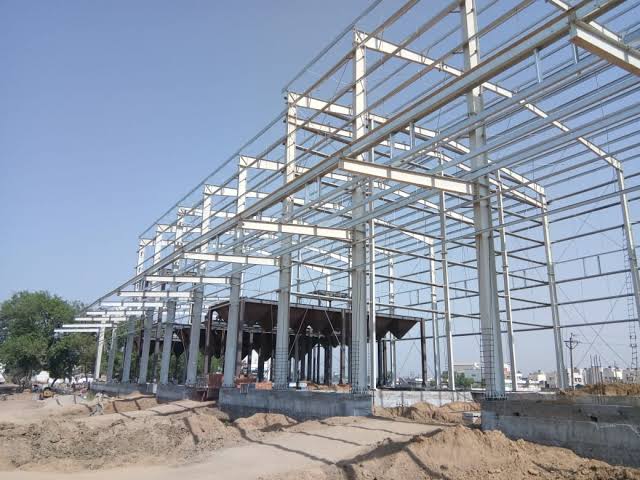Structural steel stands as the backbone of modern construction, supporting towering skyscrapers, expansive bridges, and intricate industrial machinery. With its exceptional strength, versatility, and durability, structural steel has become indispensable in the world of engineering and architecture. In this article, we delve into the remarkable properties of structural steel, its applications across various industries, and its integral role in the fabrication of equipment like can seamers.
The Versatility of Structural Steel
Structural steel owes its widespread use to its remarkable versatility. Comprising primarily of iron and carbon, with small amounts of other elements such as manganese, phosphorus, sulfur, and silicon, structural steel exhibits exceptional strength and ductility. Its ability to be molded into various shapes and sizes makes it a preferred choice for a myriad of applications.
Strength and Durability
One of the most prominent features of structural steel is its unmatched strength-to-weight ratio. This means that despite its robustness, it is relatively lightweight compared to other building materials, making it easier to handle and transport. Additionally, structural steel boasts exceptional durability, withstanding harsh environmental conditions including extreme temperatures, corrosion, and seismic activity.
Applications in Construction
Structural steel finds extensive use in construction projects of all scales, from small residential buildings to vast industrial complexes. Its versatility allows architects and engineers to design innovative and visually stunning structures. Skyscrapers, stadiums, bridges, and warehouses are just a few examples of the diverse range of projects that rely on structural steel for their framework.
Industrial Machinery: The Role of Can Seamers
In addition to its applications in construction, structural steel plays a crucial role in the fabrication of industrial machinery, including can seamers. Can seamers are vital components of the packaging industry, used to seal cans containing various products such as food, beverages, and chemicals. These machines require sturdy and reliable frames to ensure precise operation and longevity, making structural steel the material of choice.
The Importance of Precision
In the manufacturing of can seamers, precision is paramount. Structural steel provides the necessary stability and rigidity required for the intricate mechanisms involved in can sealing processes. The seamless integration of components within the steel framework ensures smooth operation and consistent performance, contributing to the efficiency and reliability of can seaming equipment.
Advantages of Structural Steel in Can Seamer Fabrication
Structural steel offers several advantages when utilized in the construction of can seamers:
- Strength: The high tensile strength of structural steel ensures the durability and stability of can seaming equipment, even under heavy loads and continuous operation.
- Flexibility: Structural steel can be easily customized to accommodate specific design requirements, allowing for the optimization of can seamer performance and efficiency.
- Corrosion Resistance: With proper surface treatments and coatings, structural steel exhibits excellent resistance to corrosion, extending the lifespan of can seaming machinery and reducing maintenance costs.
- Cost-Effectiveness: The long-term durability and low maintenance requirements of structural steel result in cost-effective solutions for can seamer manufacturers, enhancing overall profitability.
Conclusion
Structural steel stands as a testament to the ingenuity and innovation of modern engineering. Its unparalleled strength, versatility, and durability have revolutionized the construction industry and continue to drive advancements in various fields. From towering skyscrapers to precision machinery like can seamers, structural steel forms the foundation upon which the infrastructure of our world is built, ensuring safety, reliability, and sustainability for generations to come.







